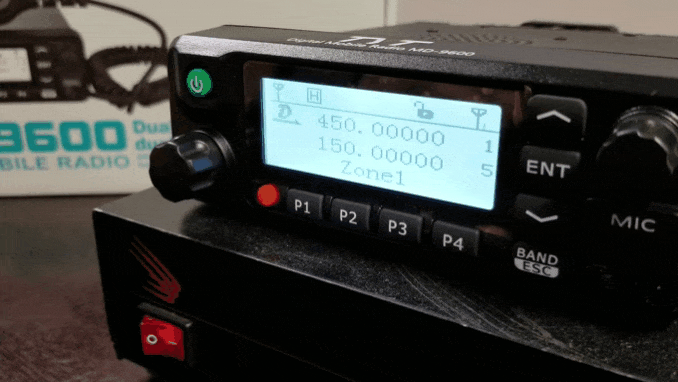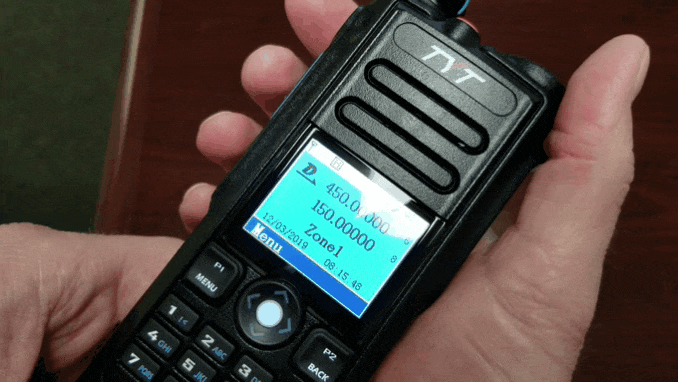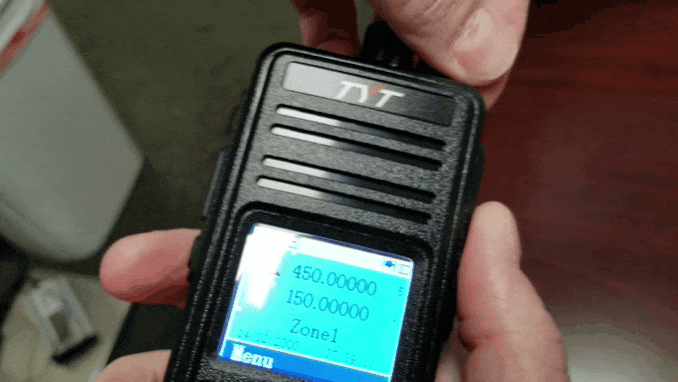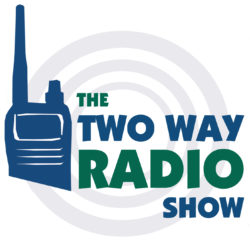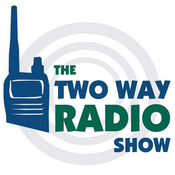
The FCC issued an enforcement advisory today against the import, sale and use of unauthorized VHF/UHF two way radios effective immediately. The advisory reiterated that non-compliant radios can not be imported, sold, advertised or operated by anyone in the United States.
The advisory was issued September 24, 2018 and implies that a crackdown on cheap, imported radios is imminent. The FCC warned that violators will be subject to penalties, including monetary fines up to $19,639 per day during the violation and up to $147,290 for an ongoing violation.
The "crack-down" began in early August when the FCC went after an Amazon seller of a variant of the immensely popular Baofeng UV-5R, or more specifically, the UV-5R V2+. The FCC issued a cease and desist order to this seller, making it clear that they considered the UV-5R V2+ to be non-compliant. We discussed this at length in episode 126 of The Two Way Radio Show podcast.
The latest FCC enforcement advisory points out several examples that would violate the commission's rules, most of which refer to use of these radios on business or Land Mobile frequencies. Specifically:
- The ability to transmit on public safety and/or other unauthorized channels. Some radios have the ability to transmit on a wide range of frequencies, for example 400-512 MHz. Within this range are frequencies that are reserved for government and public safety use and the radio should prohibit transmission on these. It was absent from this advisory, but the cease and desist mentioned above points out that the UV-5R should not allow the programming of frequencies directly from the keypad by an end user.
- The ability to transmit using wideband. Several years ago the FCC mandated that radios operating on land mobile frequencies must support a maximum of 12.5 kHz bandwidth. Devices that support 25 kHz were prohibited.
- Radio devices modified after they are FCC approved. After a radio is approved by the FCC, if changes are made to the radio it generally needs to go through the approval process again.
- Radio products marketed for Ham/Amateur use that are capable of transmitting outside Amateur frequency bands. Radios intended for use by Amateur Radio operators do not require the typical FCC approval process that business radios require. However, these radios must be locked down to only amateur bands. For example, an amateur radio cannot also transmit on business, GMRS or MURS frequencies.
The Enforcement Bureau of the FCC noted a substantial number UHF/VHF radios marketed, sold and used in the United States that are not FCC certified or compliant with the rules. These radios are capable of operation on multiple bands across multiple radio services for which they are not certified, increasing the risk of interference to authorized or licensed entities and operations, such as federal government operations and private licensed users. Devices that do not meet the requirements and are not FCC certified for use on these radio services are in direct violation of the rules and should not be used by anyone, unless the user is an amateur radio operator.
An amateur radio operator, or ham, is the only exception to this requirement, provided the radio is only capable of operating on frequencies reserved for amateur radio operation. However, the operator must have a valid amateur radio license to operate the radio and must only operate it according to the FCC rules.
Our Plan of Action
As we mentioned in our podcast, once the cease and desist was issued to the Baofeng seller, we started taking steps to ensure that all of the radios that we sell are compliant. The advisory issued today is actually helpful to us, as it provides specifics on what would be considered non-compliant.
We currently carry several import radios and market them to Amateur Radio operators. We are now working with the manufacturers of these radios to have all models that we carry locked down to the ham bands only (144-148, 222-225, 420-450 MHz). Some radios will be able to be updated soon with firmware changes, others will be closed out and updated models ordered as they are made available.
What is the Impact?
Because we market these products to amateur radio operators, we are more in touch with how this will impact those users. There are certainly users who love the fact that they can have a single radio programmed for their work frequencies and also their ham repeaters. We've also heard of users programming these radios for use on the GMRS. If the FCC is successful, this will soon no longer be an option, although it technically never should have been one.
Perhaps we'll see many popular radio models re-issued with the same hardware in ham or GMRS only versions. The digital models will likely also have a business radio edition.
We may also see many of these import radios disappear altogether. Some radios are sold on Amazon at very low prices and they are clearly marketed to businesses, but they only support analog operation. Becoming FCC certified isn't going to be an option for these radios, since the FCC is now requiring most radios to essentially support digital operations in order to be granted approval.
Read the complete FCC Enforcement Advisary 2018-03 for details.






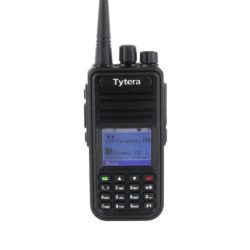
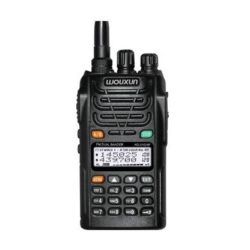
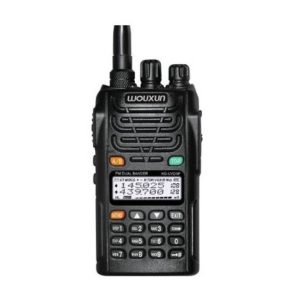 There has been some concern about the effects of the recent
There has been some concern about the effects of the recent 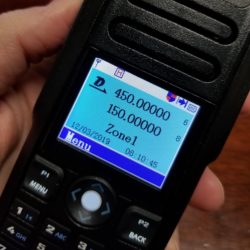
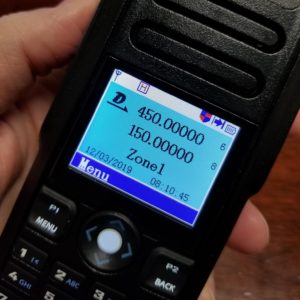 With the recent
With the recent 